Trees can live for decades or even centuries. It is important to choose the best tree for the space you plan to plant it. A decision made without careful consideration can lead to years of regret. Trees can grow to be more beautiful generation after generation, yet others can cause continuous trouble. There are many things to consider when choosing a tree.
Why Do I Want a Tree?
The first consideration in choosing a tree is to think about why you want the tree in the first place. Without a doubt, trees offer so many benefits. The first is financial. All trees can add value to property. According the Council of Tree and Landscape Appraisers, a mature tree can be valued from $1,000 to $10,000. In addition, homeowners achieve a 109% return on landscaping dollars spent, which is higher than any other home improvement. Best of all, trees will increase curb appeal which can lead to 3-7% more spent on a home purchase. The presence of mature trees on a street can reduce time a home is on the market by 1.7 days.
Besides the financial benefit, trees provide other advantages. Of course, trees are beautiful to look at and create an appealing landscape for property. And trees are the answer to adding shade to your property. Trees can be used for privacy as well as provide fruit or nuts as well. Trees buffer noise pollution and even bolster people’s health.
It’s an important point that trees benefit the environment as well. They clean the air and offer us oxygen. They clean the air we breathe and decrease air pollution. The more trees, the cleaner air to breathe! Trees also support wildlife in the environment. Trees help prevent erosion. They can cool the landscape. In addition, trees slow stormwater runoff and help conserve rainwater.
Type
One decision that you will need to make in choosing a tree is to consider which type of tree you are looking for. Trees and shrubs are either deciduous or evergreen. Evergreen trees, as the name suggests, are green year-round. Some have needlelike foliage others have broad leaves. Deciduous trees lose their leaves in the Fall. The change of color for deciduous trees can be beautiful but may also require clean up. The tree will then be bare through the winter.
Environment
Another consideration in choosing a tree is the type of environment the tree will be growing in. Some trees tolerate typically urban conditions. There may be more atmospheric pollutants from industry and cars. The soil may be more compacted and have poor drainage. There could be more lighting in the evening. Salt spray from snowplows also impacts trees nearby. These city trees tend to have a shorter lifespan than those in the country or rural settings. Some trees that do best in cities are maple, oak, hawthorn, ginkgo, honey locust, sweet gum, crabapple, linden, and zelkova.
Climate
Each kind of tree has certain requirements critical to its survival. Some are better able to withstand cold than others. Trees have a zone rating for hardiness. Some trees do best in rich moist woodsy soil that is more acidic. Others need to be in more alkaline and dry soil. Some trees like truly wet swampy soil. Do your homework to find out which trees will do best in your climate.
Region
Trees adapt to their local climate. Trees native to North America require less care and provide the most benefit to local wildlife. Planting trees that are already native in the area you are planting can save a lot of trouble in caring for the tree.
Growth Rate
All trees do not grow at the same speed. Some slow growing hardwood trees tend to live longer. A fast -growing tree will establish shade and flowers more quickly, but are typically smaller, with soft wood, and do not live as long. Therefore, you will need to determine which is the best choice for your location.
Height
Trees should be scaled to their surroundings. A smaller house or yard should have smaller to medium sized trees. Trees near the building should be smaller, and taller trees can be placed on the edge of the yard. The height of the mature tree must be considered when looking at the area where it will be planted. Are there power lines overhead? Will other nearby trees be impacted? How will the view be impacted by the full-grown tree?
Width
Just as with the height, we must also consider the width of the full-grown mature tree when we consider where we might plant it. Will the tree impose on surrounding trees, plants, fencing, or buildings? Will it block any views?
Shade
When selecting a shade tree, it is important to consider the canopy. Are you wanting light shade, dense shade, or dappled shade? Will the canopy of your tree join with other nearby trees? Are there other plants nearby that might be impacted by the shade of the canopy?
Liability
Trees impact those who live with them. For example, a thorny tree in an area with small children or pets may not be a wise choice. Some trees are messy, dripping seeds, fruit, nuts, leaves, sap, bark, or twigs. There are some trees that have run away roots. Some trees are weedy. Others are fragile and tend to lose branches in light winds. These are things to consider in choosing a tree.
There are a lot of factors to consider in choosing a tree. You need to do your research! One helpful tool that can assist you in choosing the right tree for you is the Arbor Day Tree Wizard. Answer a few questions and the wizard will recommend a tree for you. An even better tool? Ask the experts! At Aisling View we can help you be sure to choose the right tree for the right location! Let’s talk! 317-636-9408
Are you on Facebook? We are, too. Let’s be friends!

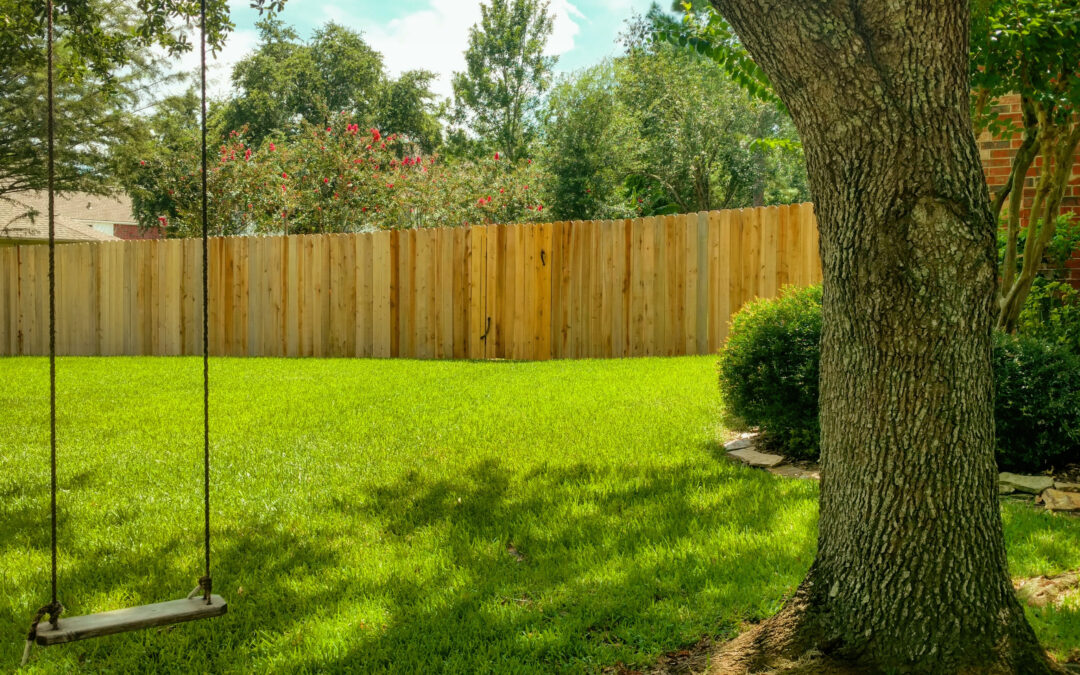
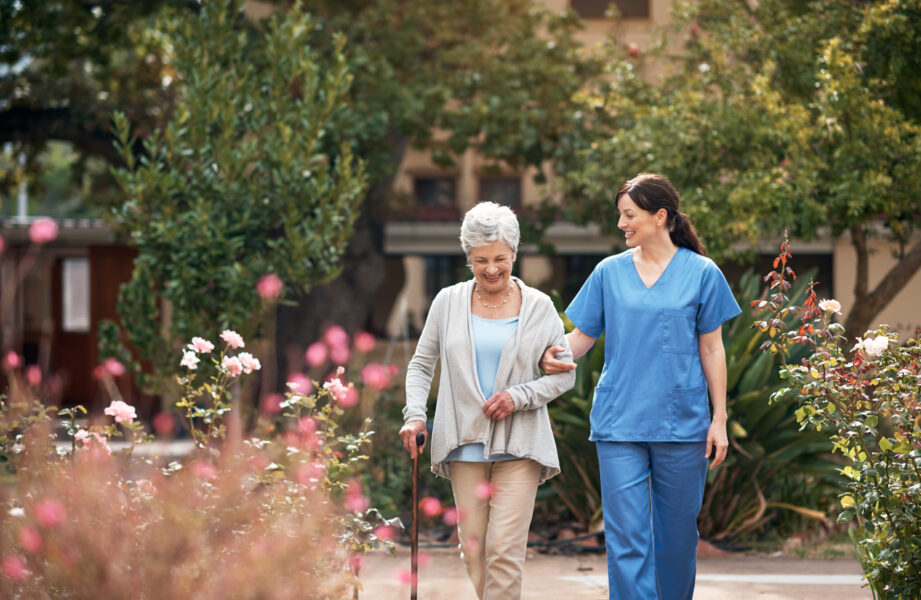
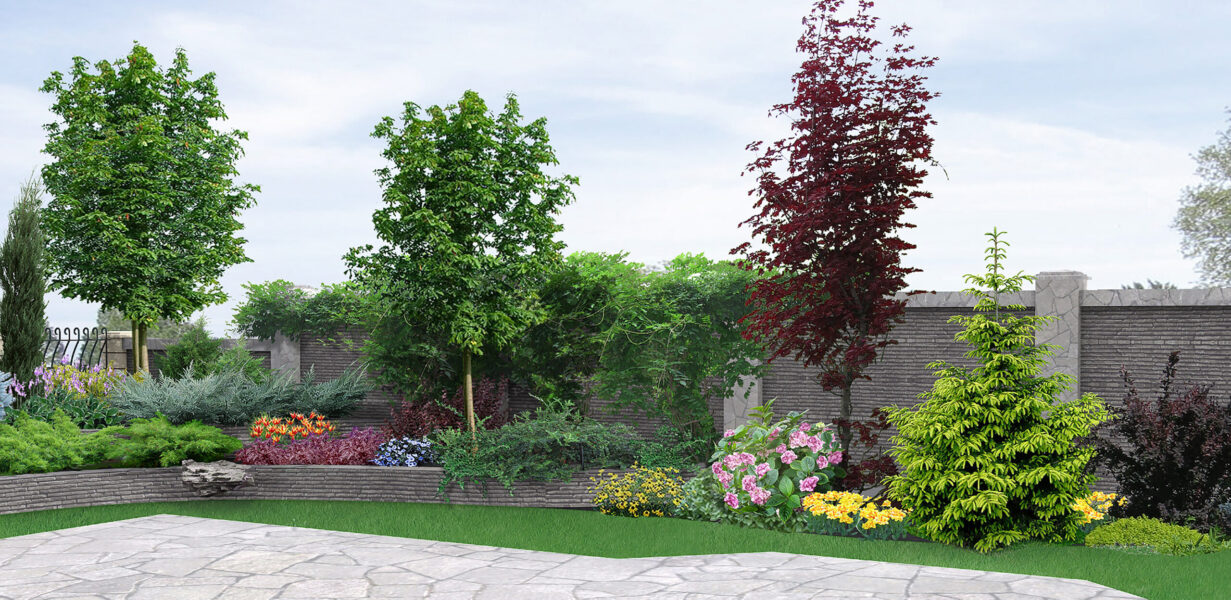
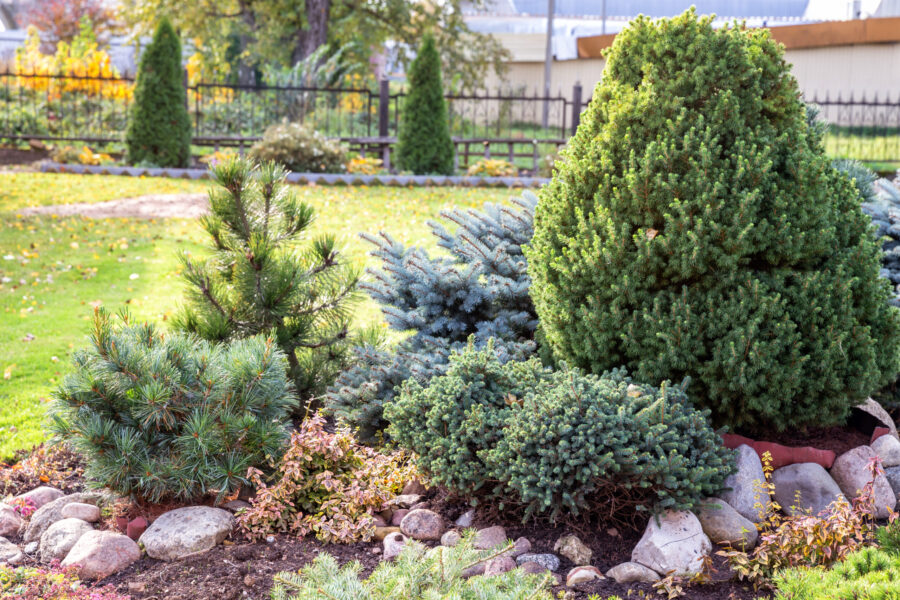

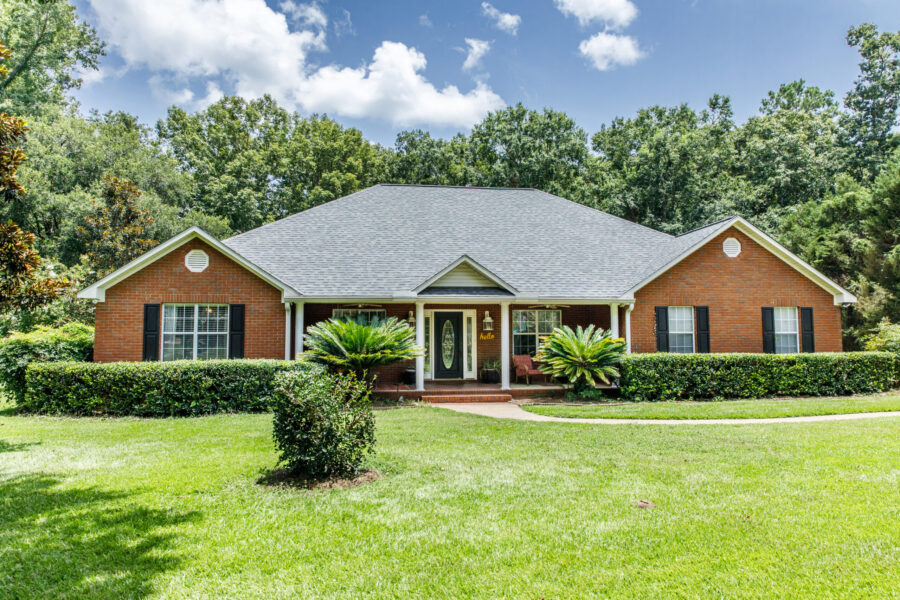
Recent Comments